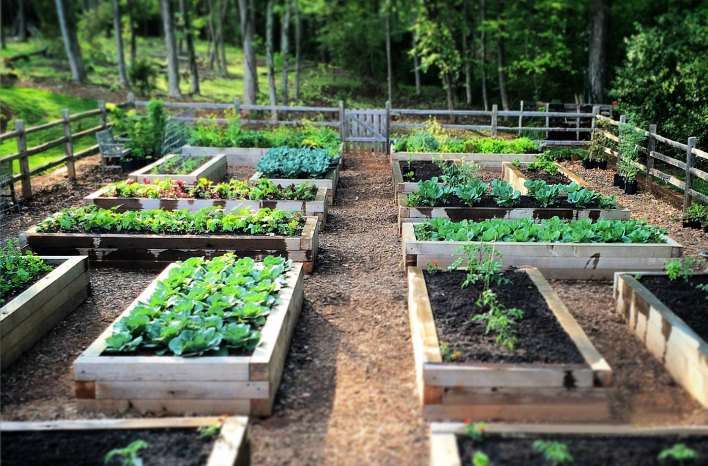In this article, we’ll be discussing the impact of raised bed height on gardening success. We’ll explore the concept of off-grid living and its connection to gardening, as well as delve into the question of whether a raised bed can be too tall. By the end of this article, you’ll have a better understanding of how the height of a raised bed can affect your gardening endeavors and the potential benefits or drawbacks it may bring. So let’s get started!
The Impact of Raised Bed Height on Gardening Success
Introduction
Gardening has become a popular hobby for many people, as it allows for self-sufficiency and connection with nature. One notable technique that has gained significant attention is the use of raised beds. Raised beds are elevated structures that hold soil in a contained space for planting. They provide numerous benefits, including improved soil quality, better water drainage, efficient weed control, and enhanced pest management. However, the height of the raised bed plays a crucial role in determining the overall success of your garden. In this article, we will delve into the impact of raised bed height on gardening success, exploring factors to consider, optimal heights, comparisons with traditional gardening methods, impacts on plant health and productivity, effectiveness in different climates, influence on pest management, environmental implications, community gardening, and recommendations for choosing the right height.
Factors Affecting Gardening Success
Before diving into the importance of raised bed height, it is essential to understand the key factors that can significantly affect gardening success. These factors include soil quality, water drainage, weed control, and pest management.
Soil Quality
The quality of the soil is paramount to successful gardening. Raised beds offer the advantage of allowing gardeners to have control over the soil composition by adding organic matter, compost, and other amendments. The soil in raised beds is typically looser and more fertile than the surrounding ground, providing optimal conditions for plant growth.
Water Drainage
Proper water drainage is crucial for healthy plants. Raised beds ensure better drainage compared to traditional in-ground gardens, as excess water can drain freely through the bottom of the raised bed. However, the height of the raised bed can influence drainage, and it is important to find the right balance between drainage and water retention.
Weed Control
Weeds can be a nuisance in any garden. Raised beds help minimize weed growth by creating a physical barrier between the surrounding ground and the garden soil. However, taller raised beds may provide additional protection against weed infestations by preventing weed seeds from blowing into the beds.
Pest Management
Pests are a common concern for gardeners. Raised beds can help mitigate pest issues by providing some physical barriers against ground-dwelling pests. The height of the raised bed can influence the accessibility of pests to your plants, impacting the effectiveness of pest control methods.
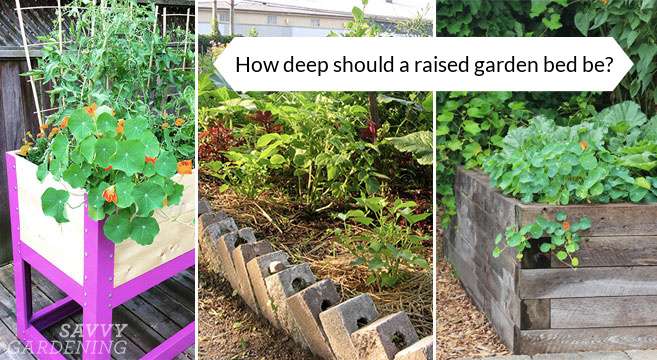
Importance of Raised Bed Height
The height of a raised bed plays a significant role in determining the overall success of your gardening endeavors. It affects soil drainage, plant root growth, and the ease of gardening for individuals with physical limitations.
Role of Raised Bed Height in Gardening
The height of a raised bed determines the volume of soil available for plants, as well as the distance between the soil surface and the gardener. This height influences various aspects of the garden, including water drainage, root growth, and ease of maintenance.
How Raised Bed Height Impacts Soil Drainage
The height of a raised bed directly affects soil drainage. Lower bed heights enable better drainage as excess water can freely flow out of the bed. On the other hand, taller beds can retain more moisture, which can be beneficial in dry climates but may lead to waterlogged soil in areas with excessive rainfall.
Effects of Different Heights on Plant Root Growth
The height of a raised bed also influences plant root growth. The deeper the bed, the more room plants have for their roots to grow. However, there is a limit to how deep the bed should be, as overly deep beds can lead to poor root development and compaction of the lower soil layers.
Optimal Height for Raised Beds
Determining the right height for your raised bed depends on several factors, such as plant types, gardener’s physical abilities, and specific gardening goals.
Determining the Right Height for Your Raised Bed
To determine the optimal height for your raised bed, consider your gardening goals, the plants you intend to grow, and your physical capabilities. A good starting point is a bed height of 12-18 inches, as this allows for adequate root development, good drainage, and ease of maintenance.
Considerations Based on Plant Types
Different plants have varying root depth requirements. For shallow-rooted plants like lettuce and herbs, a bed height of 12-18 inches is generally sufficient. However, deeper-rooted plants like tomatoes and carrots may benefit from taller beds of 24-36 inches, providing ample space for their root systems to thrive.
Factors to Consider in Relation to Gardener’s Physical Abilities
Gardening should be accessible to everyone, regardless of physical abilities. Raised beds can be adapted to accommodate individuals with mobility challenges by adjusting the height to a comfortable level. For wheelchair users or individuals with limited mobility, consider a raised bed height that allows easy reach and maintenance.
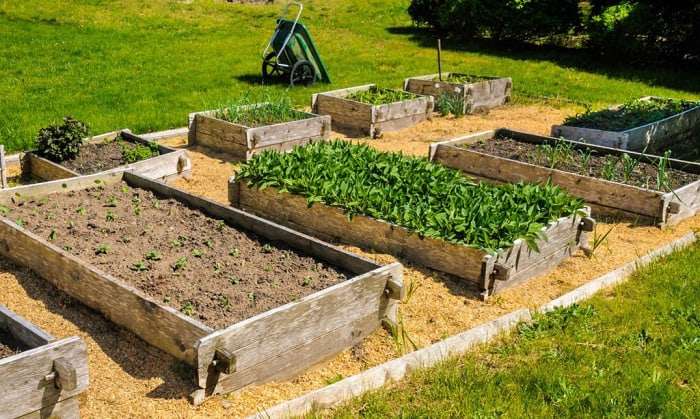
Advantages and Disadvantages of Tall Raised Beds
While tall raised beds offer some distinct advantages, they also present unique challenges that should be considered before opting for this height.
Benefits of Using Tall Raised Beds
Tall raised beds provide additional benefits, including increased soil depth, enhanced root growth, improved water retention in dry climates, and better accessibility for gardeners with physical limitations. They are also more efficient in deterring weed growth and can act as a deterrent for some pests.
Challenges Associated with Tall Raised Beds
Despite their advantages, tall raised beds also present certain challenges. The cost of building taller beds can be higher due to the additional materials required. Additionally, deeper beds may require more soil, which can be expensive to fill. Taller beds may also require additional support to prevent bulging or collapsing of the sidewalls.
Comparison with Traditional In-Ground Gardening
While raised beds offer numerous advantages over traditional in-ground gardening, certain differences in soil management, watering, weed control, and pest management should be considered.
Differences in Soil Management
Raised beds allow for more control over soil composition and quality compared to in-ground gardens. The addition of organic matter, compost, and amendments is easier to manage in raised beds, resulting in healthier plant growth.
Watering and Irrigation Considerations
Watering raised beds may require different techniques compared to in-ground gardens. The height of the raised bed can influence water retention and drainage, necessitating careful attention to ensure plants receive adequate moisture without becoming waterlogged.
Weed Control Variations
Raised beds inherently offer better weed control compared to traditional gardens. The height of the raised bed further enhances this benefit by acting as a physical barrier, preventing weed seeds from blowing into the bed. However, regular weeding and maintenance are still necessary to keep weeds at bay.
Pest Control Comparisons
Raised beds can provide some protection against ground-dwelling pests. However, pests that can climb or fly may still pose a threat to plants. The height of the raised bed can impact the accessibility of pests, potentially influencing the effectiveness of pest control methods.
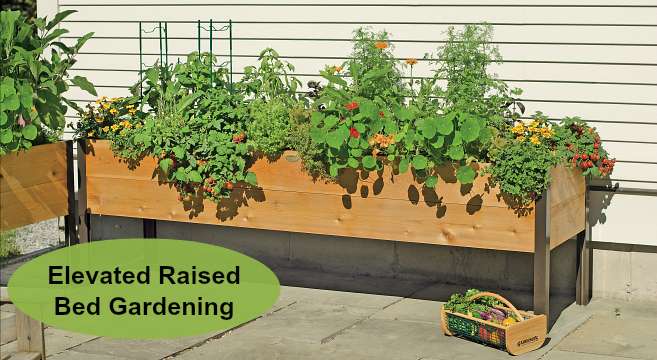
Impacts on Plant Health and Productivity
The height of a raised bed can significantly impact plant health, growth rates, nutrient absorption, and overall crop yields.
Effect on Plant Growth Rates
The height of a raised bed affects plant growth rates, especially in terms of root development. Adequate bed height allows for optimal root growth, resulting in healthier plants and increased productivity.
Nutrient Absorption in Raised Beds of Varying Heights
Different bed heights can affect nutrient availability and absorption by plants. Taller beds may retain more nutrients due to increased soil volume, potentially benefiting nutrient-hungry plants. However, proper soil amendments and fertilization practices should still be employed to maintain nutrient balance.
Crop Yields in Relation to Bed Heights
The height of a raised bed can impact crop yields. Deeper beds provide more soil volume for root growth, which can translate to higher yields for certain plants. However, plant selection, proper spacing, and appropriate cultural practices also play a significant role in achieving optimal yields.
Effectiveness in Different Climates
Raised bed height considerations should be tailored to specific climates to optimize gardening success.
Raised Bed Height Considerations for Hot and Arid Climates
In hot and arid climates, taller raised beds can be advantageous as they retain more moisture, reducing the need for frequent watering. Additionally, deeper beds provide better insulation for plant roots, protecting them from extreme heat.
Ideal Heights for Regions with Excessive Rainfall
In regions with excessive rainfall, drainage becomes a critical factor. Lower bed heights allow for better drainage, preventing waterlogging and root rot. However, adequate soil amendments and careful watering practices are still necessary to promote healthy plant growth.
Impact on Gardening Success in Colder Climates
In colder climates, taller raised beds provide several benefits. The additional soil depth provides better insulation for plant roots during the winter, protecting them from freezing temperatures. Taller beds also allow for easier covering with protective materials such as row covers or plastic for added warmth.
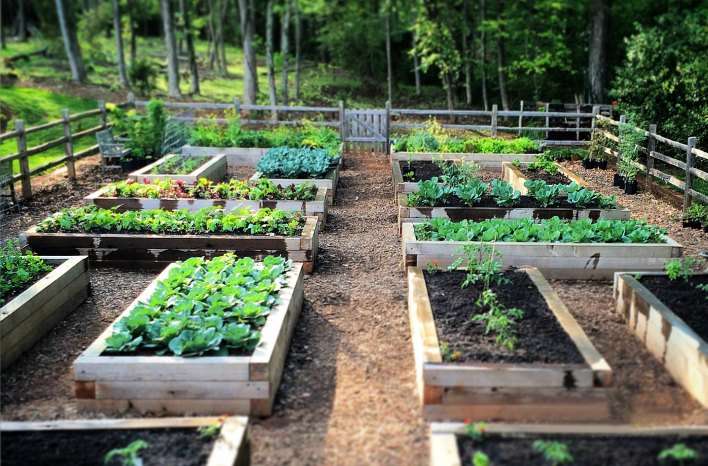
Influence on Pest Management
The height of the raised bed not only affects drainage and plant growth but also plays a role in managing pests and minimizing damage.
Pest Behavior and Accessibility in Different Bed Heights
Pest behavior can vary depending on the height of the raised bed. Some pests may find it more challenging to access taller beds, providing a level of protection for your plants. However, certain pests, such as crawling insects or burrowing rodents, may still be able to reach plants regardless of the bed height.
Comparing Effectiveness of Pest Control Methods
The height of the raised bed can influence the effectiveness of pest control methods. Taller beds may require different pest control strategies, such as the use of physical barriers or elevated netting to deter pests.
Environmental Implications
The use of raised beds has various environmental implications, including resource usage, conservation, and sustainability considerations.
Resource Usage and Conservation
Raised beds can help conserve resources by reducing the amount of water, fertilizer, and pesticides required. The controlled environment of raised beds allows for targeted application of resources, minimizing waste and environmental impact.
Sustainability Considerations
Raised beds can be an environmentally sustainable gardening option. The ability to improve soil quality and maintain targeted irrigation practices contributes to long-term ecological balance. Additionally, the use of organic soil amendments and compost promotes sustainability by reducing dependence on synthetic fertilizers and chemicals.
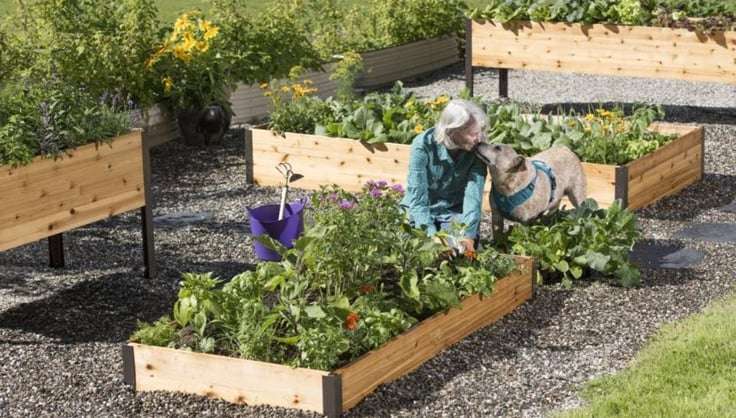
Community Gardening and Raised Bed Heights
Community gardening initiatives often embrace raised beds due to their numerous benefits, including shared resources and accessibility.
Sharing and Accessibility in Community Garden Settings
Raised beds are the preferred choice for community gardens because they facilitate shared resources, making gardening accessible to individuals with different physical capabilities. By standardizing raised bed heights within a community garden, equal access and efficient resource management can be achieved.
Benefits of Using Uniform Raised Bed Heights
A community garden with uniform raised bed heights offers several benefits. Shared gardening tools, water systems, and other resources can be designed to accommodate the standardized bed heights, promoting cooperation and fostering a sense of community.
Raised Bed Height Recommendations
Choosing the right height for your raised bed depends on your unique circumstances and gardening goals. However, some general guidelines can help in making an informed decision.
General Guidelines for Choosing the Right Height
For most gardeners, a raised bed height of 12-18 inches is a good starting point. This height provides adequate soil depth for root growth, optimal drainage, and ease of maintenance. However, taller beds of 24-36 inches may be suitable for deep-rooted plants or gardeners with physical limitations.
Adjusting Heights Based on Specific Gardening Goals
Consider your gardening goals when determining the ideal raised bed height. If you prioritize high crop yields, opting for taller beds may be beneficial. On the other hand, if water conservation is a priority, lower bed heights that promote better drainage may be more suitable.
Case Studies and Examples
Numerous successful gardening experiences with different raised bed heights serve as a testament to the impact of height on gardening success. Learning from both successful and unsuccessful attempts can help guide your decision-making process.
Successful Gardening Experiences with Different Raised Bed Heights
Gardeners have reported successful outcomes with a range of raised bed heights. From shallow beds for herbs and lettuces to deep beds for root crops and tomatoes, the optimal height depends on plant requirements, local conditions, and individual preferences.
Lessons Learned from Unsuccessful Attempts
Some gardeners may have encountered challenges with raised beds of certain heights. It is important to learn from these experiences, noting potential issues with drainage, root growth, or maintenance to avoid similar pitfalls.
Conclusion
The height of a raised bed has a substantial impact on gardening success. By considering factors such as soil drainage, root growth, and physical capabilities, you can determine the optimal raised bed height for your garden. Whether you opt for shallow beds for herbs or tall beds for deep-rooted crops, raising your gardening experience to new heights will undoubtedly lead to a more successful and enjoyable endeavor. Adapt the height of your raised beds to cater to your individual needs and circumstances, and watch your garden thrive. Happy gardening!

